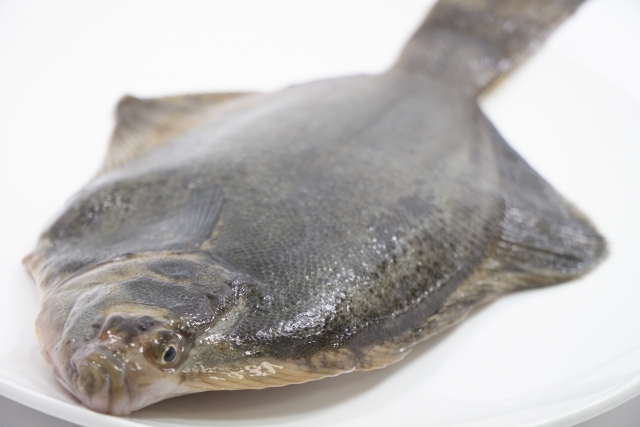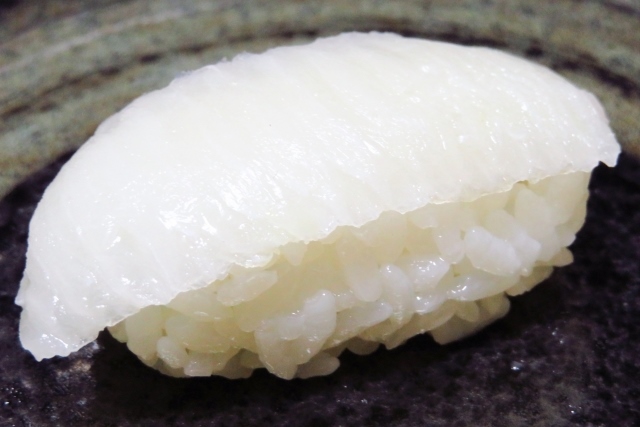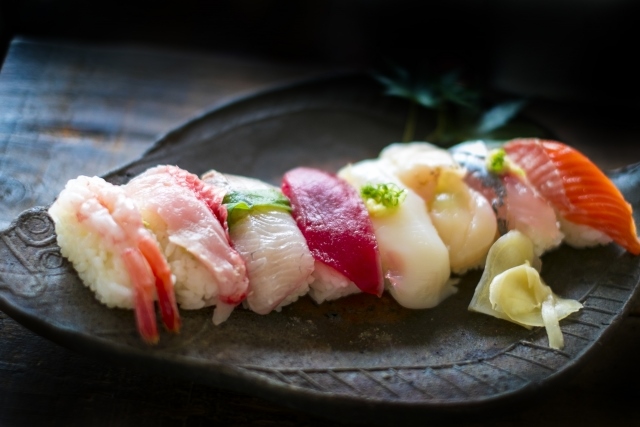Contents
Basic Information
Nigiri sushi is made by placing various seafood on top of white rice seasoned with vinegar, known as “Shari.” The seafood placed on this rice is referred to as “Neta.” Some representative seafood includes tuna, salmon, shrimp, squid, and octopus, but these are just a few examples. In sushi restaurants throughout Japan, you can enjoy various seafood depending on the season and region.
Aji (Horse Mackerel)
Aji is a popular fish among common people. It is in season during the summer, and is characterized by its refreshing flavor without any greasiness. Aji caught in Oita Prefecture in the Kyushu region is known as “Seki Aji” and is considered a high-grade fish.
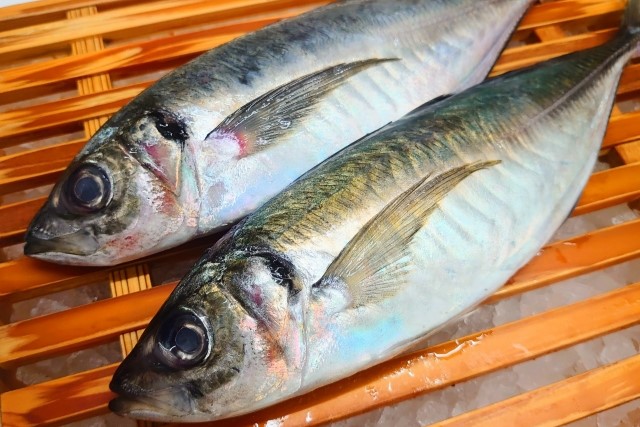
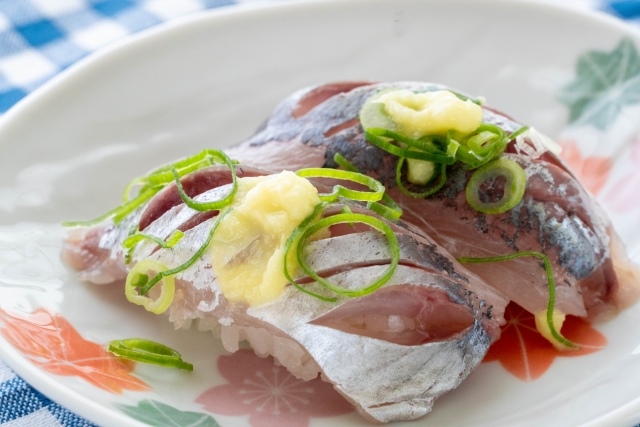
Anago (Conger Eel)
Anago resembles eel, but they are different species. Like eels, anago also has poison in its blood, so it cannot be eaten raw. Therefore, it is simmered in a slightly sweet and rich broth when cooked. In the world of nigiri sushi where raw fish is the mainstream, nigiri sushi using simmered fish like anago is a rare entity.
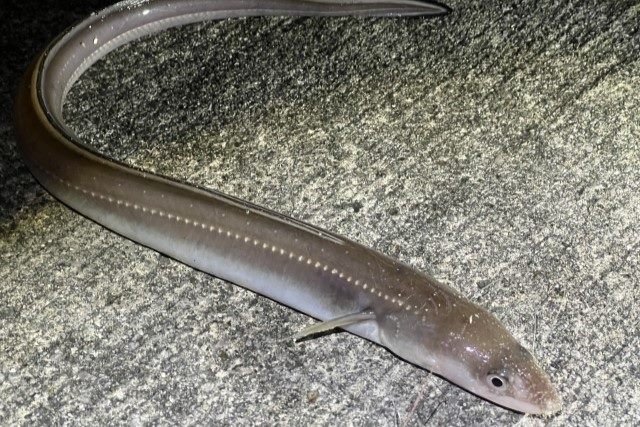
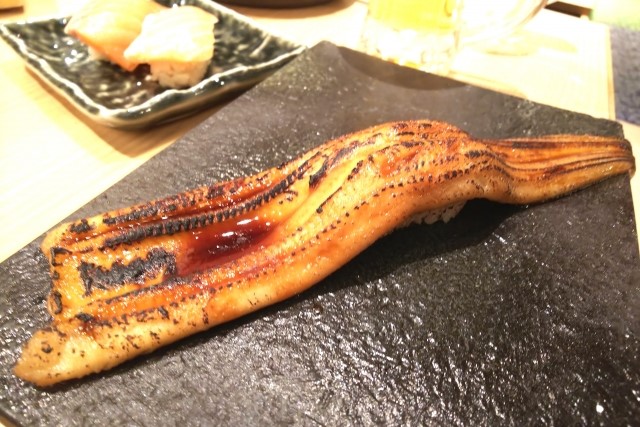
Iwashi (Sardine)
Sardines are also popular among common people and are affordably priced. They are fatty, especially from summer to early winter, which is their season. They are also rich in nutrients and are known as a health food.
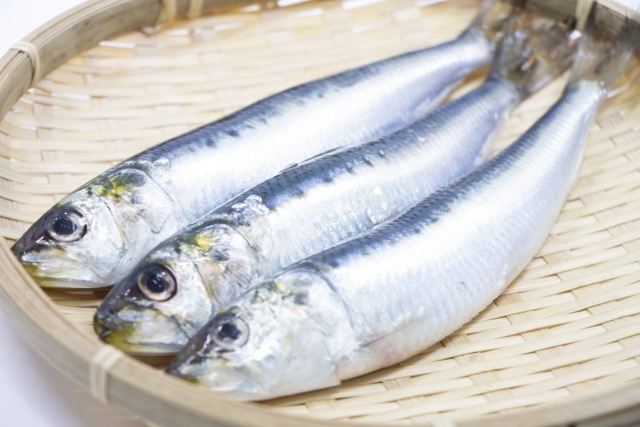
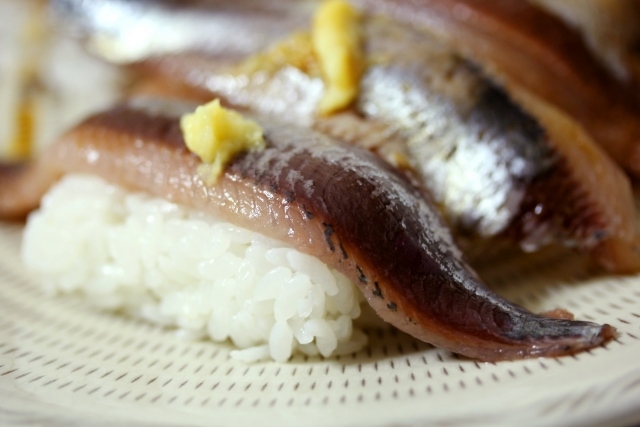
Maguro (Tuna)
In Japan, tuna has been eaten for over 10,000 years. 400 years ago, during the Edo period, as there was no freezing technology, tuna was pickled in soy sauce for preservation. This style of eating tuna over white rice is considered to be the origin of nigiri sushi.
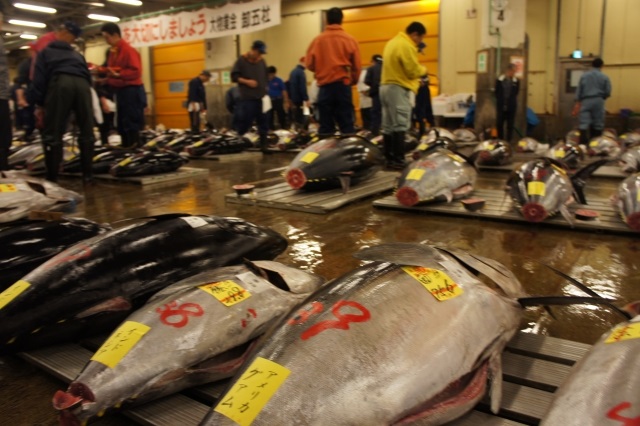
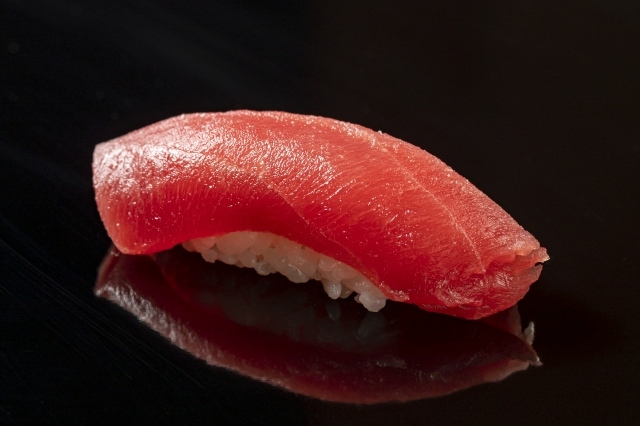
Bintyoumaguro (Albacore Tuna)
There are several types of tuna available for consumption, ranging from high-grade bluefin tuna to more affordable albacore tuna. Among these, “albacore tuna”, which is used in canned products, differs in appearance from other tuna species, being whiter, and has a tender flavor. Especially in winter when it becomes fattier, its popularity increases.
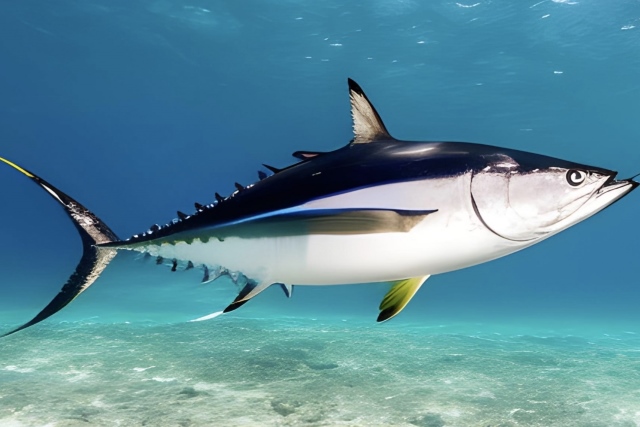
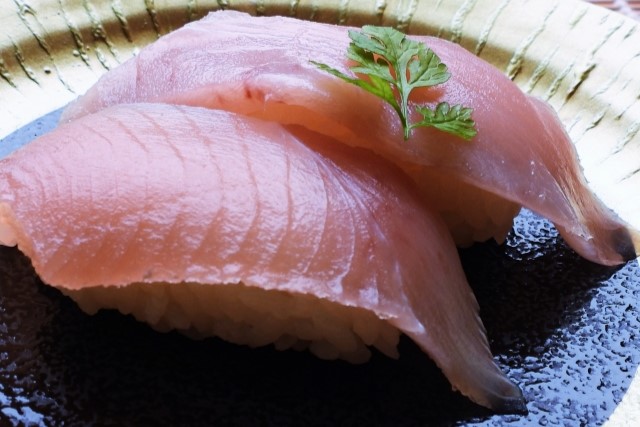
Engawa (Flounder’s edge)
Engawa refers to the muscle part of the dorsal and tail fins of flounder and halibut. These fish are constantly moving their dorsal and tail fins, so these muscles are well developed.As a result, it has a characteristic chewy texture. Generally, flounder’s engawa is used in high-end sushi restaurants, while halibut’s engawa is used in more affordable conveyor belt sushi restaurants and sushi bento boxes.
